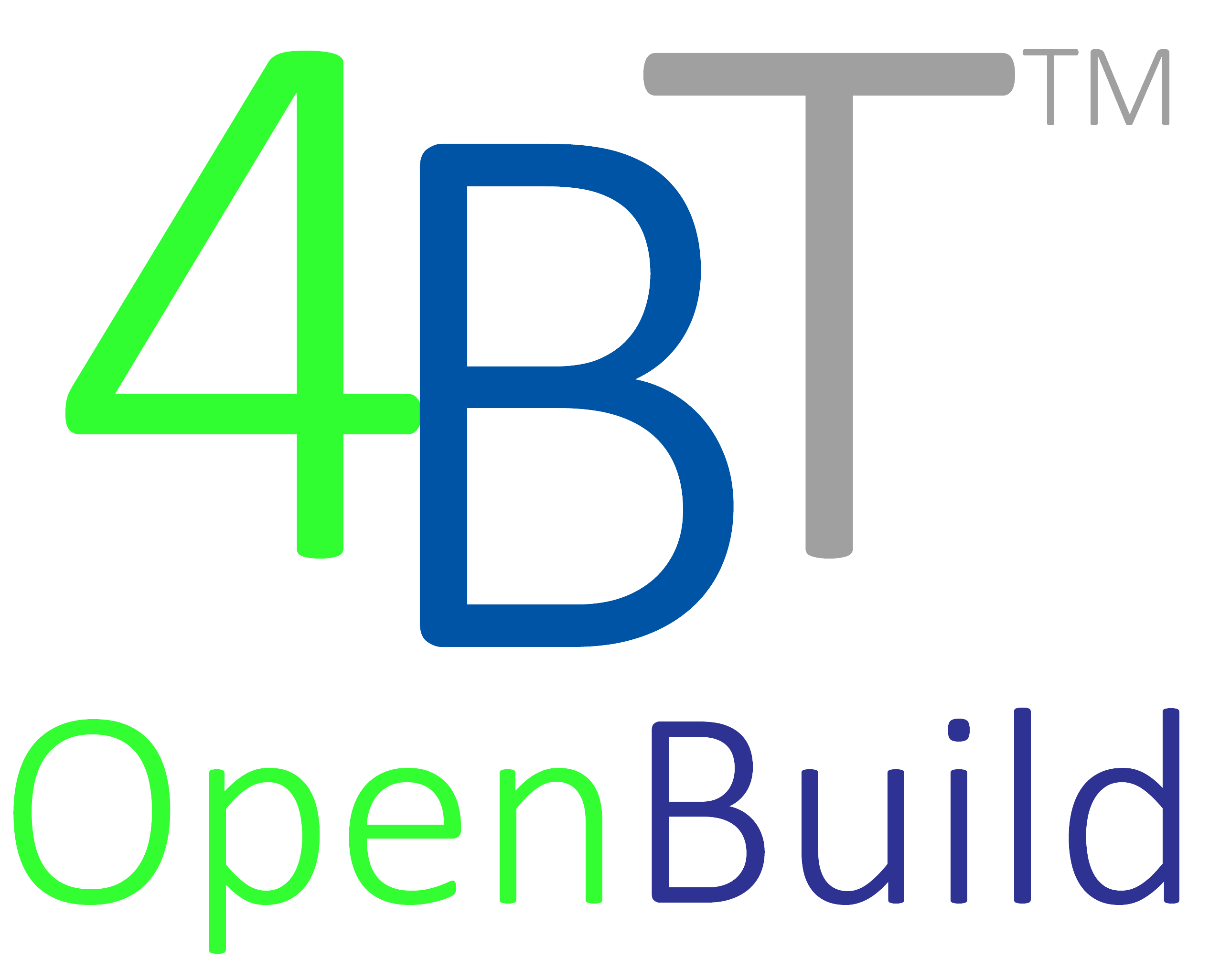Project cost estimation levels depend on the amount of current, actionable information available about the project at a given stage.
As a repair, renovation, maintenance, or new build activity progresses and the scope becomes more defined, the estimates become more reliable.
#1. Rough Order of Magnitude (ROM) Estimate / Class 5 Estimate:
Purpose: Used in the early stages of project planning (0-5% project definition) for screening or feasibility studies, often for initial budgeting.
Reliability Range: Wide range, typically -50% to +100%.
Method: Relies on historical data, expert judgment, and scaling from similar projects.
Confidence: Low, used for rough estimations to assess feasibility.
#2. Feasibility Estimate / Class 4 Estimate:
Purpose: Determines the feasibility of a project and supports the go/no-go decision.
Reliability Range: More refined than ROM, typically -30% to +50%.
Method: Based on about 5-20% project definition, focusing on the minimum detail needed to make a decision.
Confidence: Moderate.
#3. Preliminary / Budget Estimate / Class 3 Estimate:
Purpose: Aids in choosing between different project options and sets initial budgets.
Reliablity Range: Narrower than feasibility estimates, typically -10% to +25%.
Method: Based on approximately 10-40% project definition and analyzes different product configurations and features.
Confidence: Increasing, but still subject to revision.
#4. Substantive / Bid Estimate / Class 2 Estimate:
Purpose: Provides a detailed breakdown of costs for a well-defined project.
Reliability Range: Typically -15% to +20%.
Method: Involves detailed cost analysis of all project components, including labor, materials, and equipment.
Confidence: High, used for detailed planning, bidding, and control.
5. Definitive / Control Estimate / Class 1 Estimate: 
Purpose: Represents the most accurate estimate, used for final budgets, control, and managing variations.
Reliability Range: Highest accuracy, typically -5% to +10%.
Method: Based on extensive project details (50-100% definition), often involving vendor quotes and finalized plans.
Confidence: Very high, but subject to change orders and unforeseen circumstances.
Important Considerations:
Actionable Data: Objective, current, local market data, organized via a standard data architecture improves estimate reliability and communication among all participants and stakeholders.
Progressive Elaboration: Project cost estimation levels become more reliable as the project progresses and more information is available.
Contingency: Contingency is crucial, as it accounts for unforeseen events, regardless of the estimate’s reliability.
Methods: Different techniques like bottom-up estimating contribute to the reliability level.
